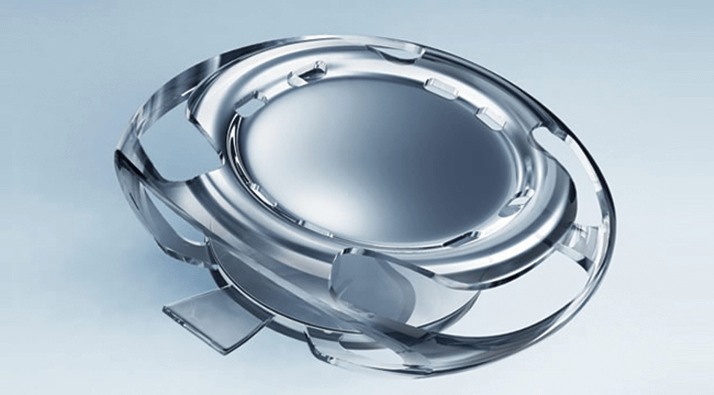
Intraocular lenses (IOLs) come in a variety of shapes designed to accommodate differences in both patients’ eyes and surgeons’ tastes. There are rigid and foldable lenses, single- and multi-piece constructions, and haptics of all kinds. Some even change shape within the eye to allow accommodation. But often, when patients have complex prescriptions like combined myopia and presbyopia, ophthalmologists find that IOLs – especially accommodating ones – don’t focus as well as expected.
Why? Thanks to researchers at the State University of New York College of Optometry, we now know that eyes with myopia have a larger ciliary muscle ring diameter than those without. The change is significant; after making high-resolution measurements of the structure of 91 eyes of 30- to 50-year-old patients, the authors concluded that diameter increases at a rate of 0.1 mm/D (p<0.05). And the increase in ciliary muscle ring diameter has implications for accommodating IOLs; it can significantly alter their ability to provide good focus across an extended range of vision. How can we use this new information? “The results of this study suggest that accommodating IOLs may need to be available in more than one diameter to allow for maximum benefit,” said Kathryn Richdale, lead author of the paper (1). Patients with larger ciliary ring muscle diameters may need larger IOLs to give them the appropriate degree of focus. It’s possible that, in the future, patients will undergo ciliary muscle ring diameter measurements to help ophthalmologists fit them for a “custom” accommodating IOL.
References
- K Richdale et al., “The effect of age, accommodation, and refractive error on the adult human eye”, 93, 3–11 (2016). PMID: 26703933.
